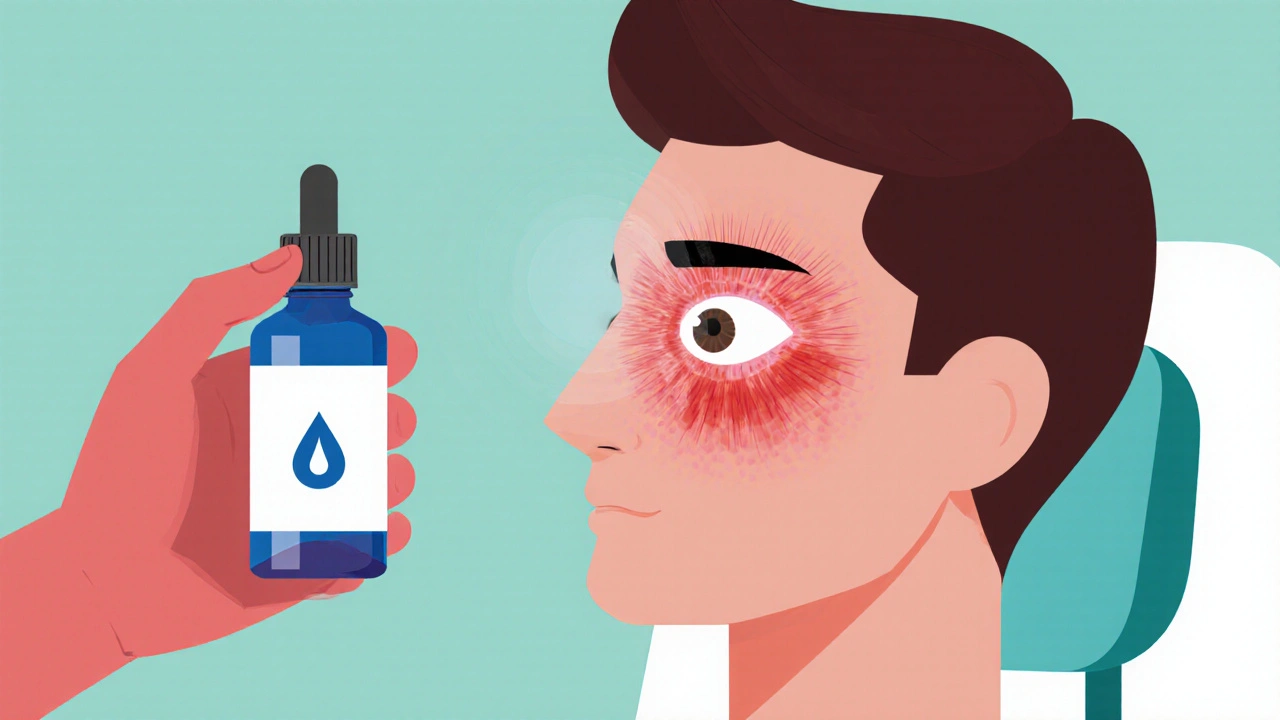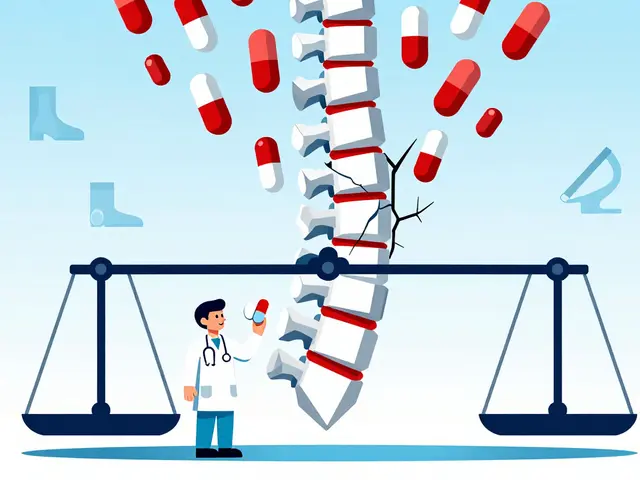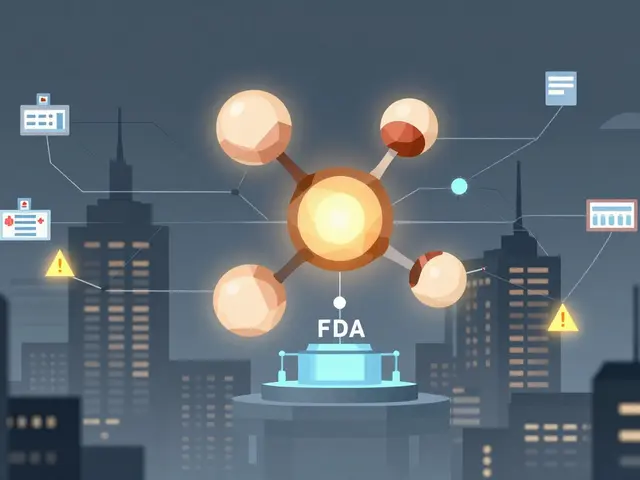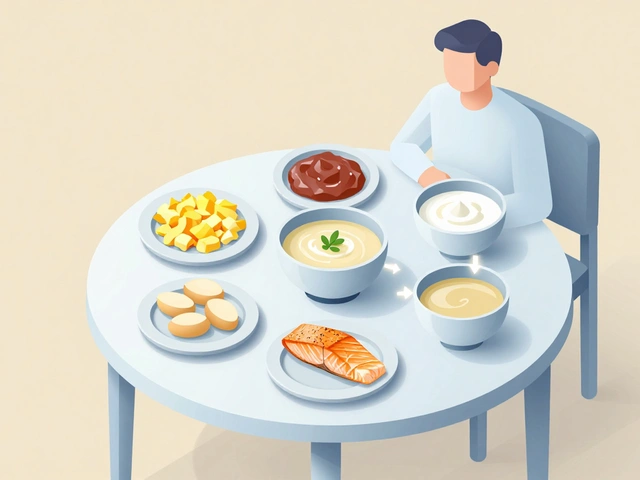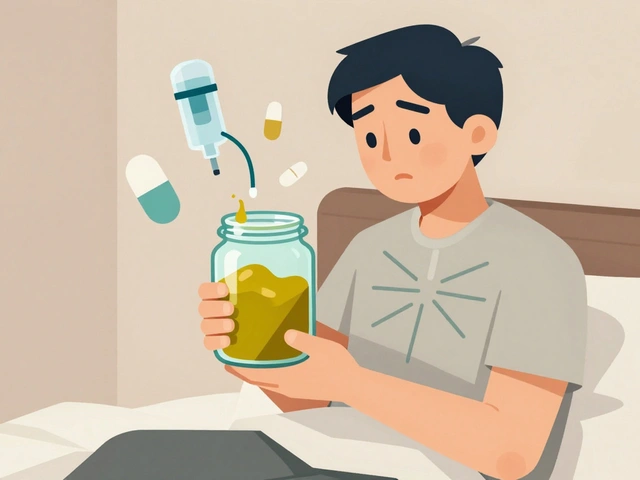Intraocular Pressure: What It Is, Why It Matters, and How to Manage It
When your intraocular pressure, the fluid pressure inside the eye that helps maintain its shape and function. Also known as eye pressure, it's a key indicator of eye health. Too much of it can silently damage your optic nerve—leading to vision loss before you even notice symptoms. Most people never check their intraocular pressure until it’s too late, because it doesn’t cause pain or obvious changes at first. But high intraocular pressure is the biggest risk factor for glaucoma, a group of eye diseases that destroy the optic nerve, often due to elevated pressure inside the eye, which affects over 80 million people worldwide. And here’s the catch: you can have normal vision and still be losing sight—slowly, steadily, and without warning.
That’s why knowing your numbers matters. Intraocular pressure is measured in millimeters of mercury (mm Hg), and normal ranges from 10 to 21. Anything above 21 is considered ocular hypertension, a condition where eye pressure is higher than normal but without visible nerve damage or vision loss. Not everyone with ocular hypertension develops glaucoma, but it’s a red flag that needs monitoring. Factors like age, family history, diabetes, and even long-term steroid use can push your pressure up. Some people naturally have higher pressure without any disease, while others see spikes from eye injuries, inflammation, or even certain medications.
Managing intraocular pressure isn’t just about drops or surgery—it’s about awareness. Regular eye exams, especially after 40, are your best defense. If you’re on long-term steroid therapy, have a family history of glaucoma, or are African American (a group at higher risk), you should be checked yearly. Lifestyle matters too: studies show that moderate exercise, avoiding inverted yoga poses, and limiting caffeine can help keep pressure down. Some people find relief with omega-3s or magnesium supplements, though these aren’t replacements for medical care.
The posts below give you real, practical tools to understand what’s happening inside your eyes. You’ll find comparisons of treatments like Calan and other blood pressure meds that also affect eye pressure, guides on how stress impacts eye health, and even insights into herbal supplements that claim to support vision. Whether you’re newly diagnosed, managing glaucoma, or just want to protect your sight before problems start, these resources are built for people who need clear answers—not jargon.
Learn how corticosteroid eye drops control post‑surgery inflammation, compare them to NSAIDs, manage side effects like pressure spikes, and follow best dosing tips.
Continue reading...

